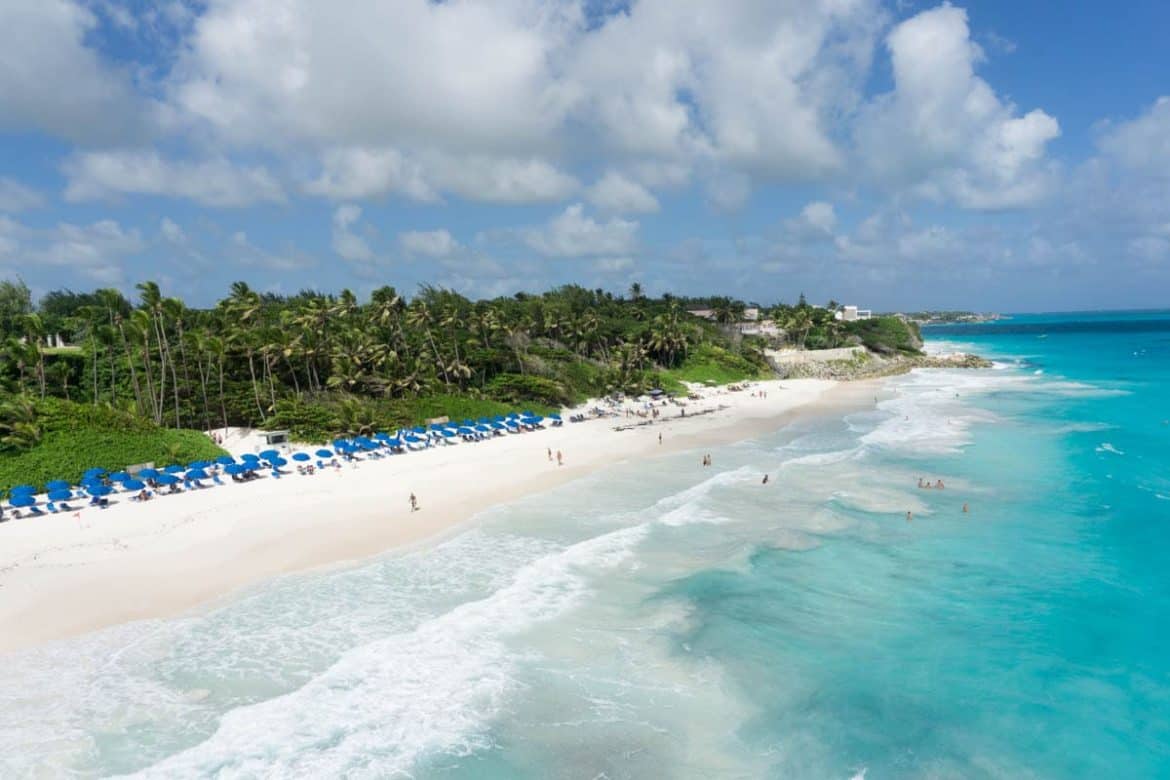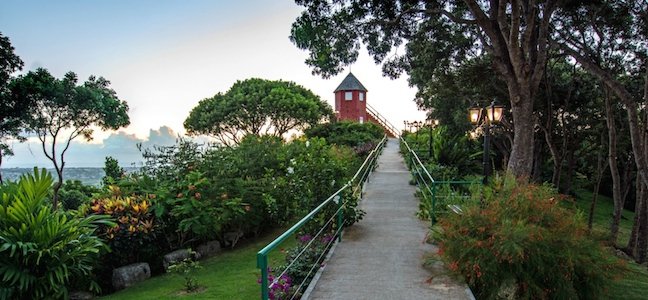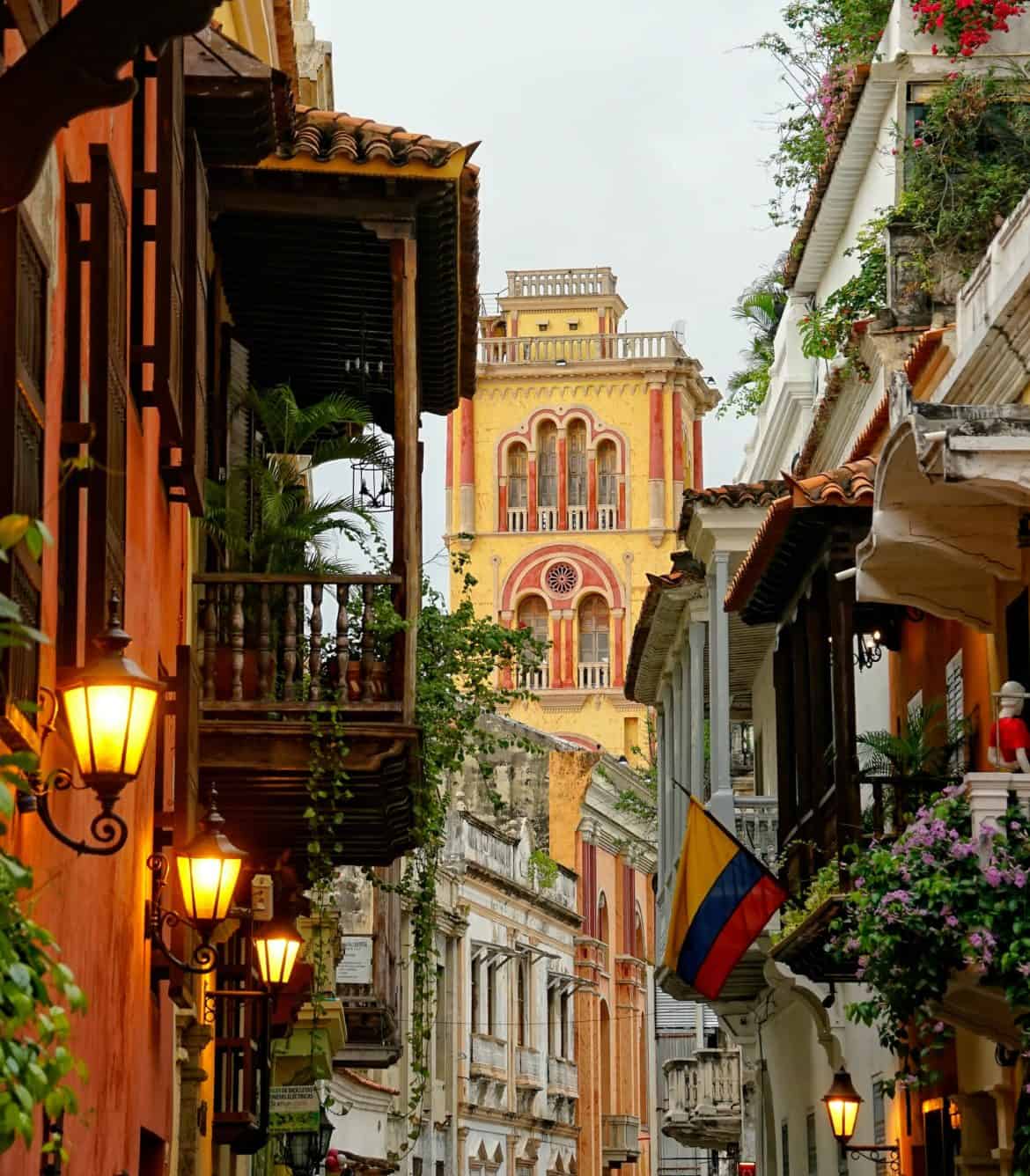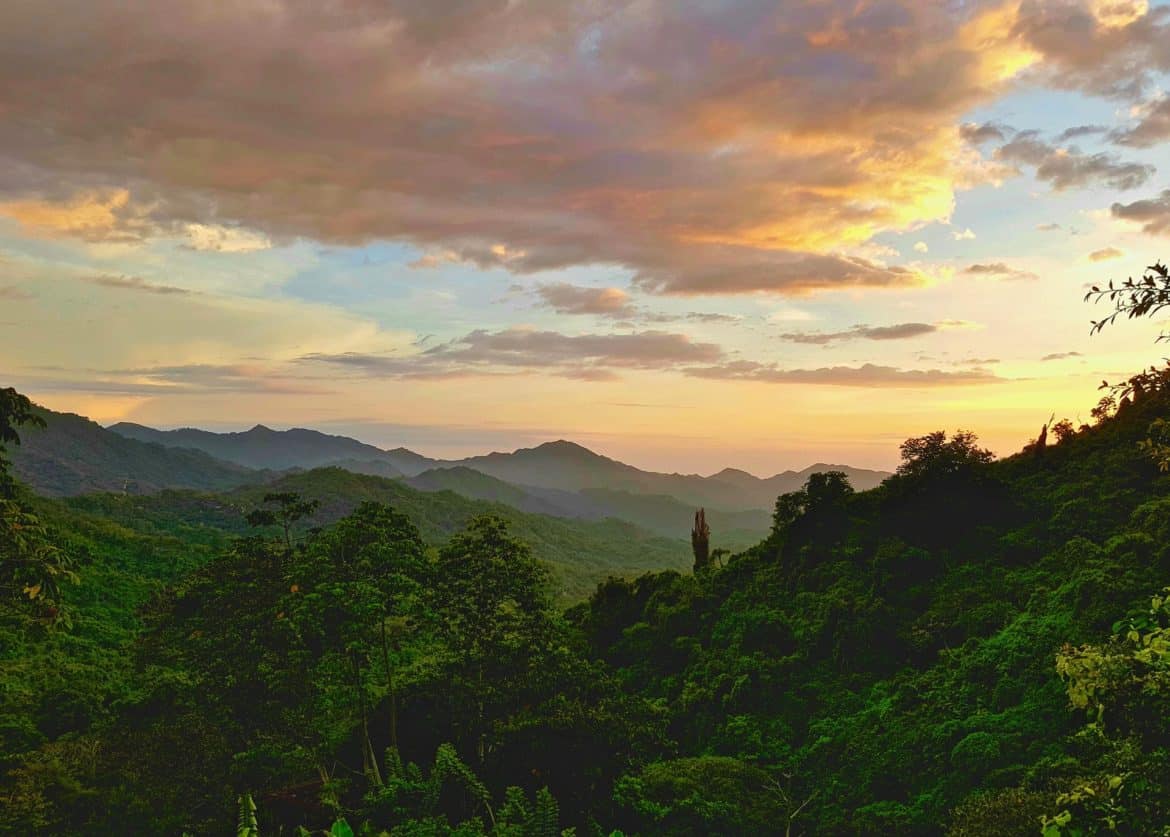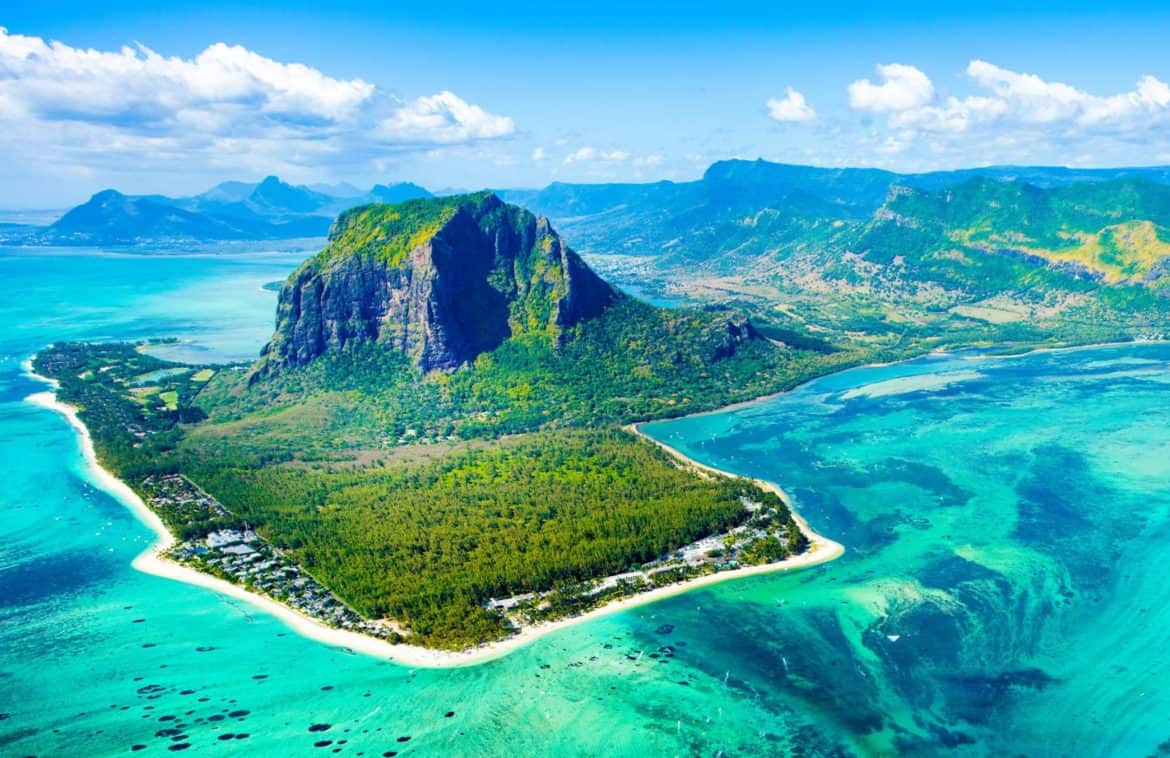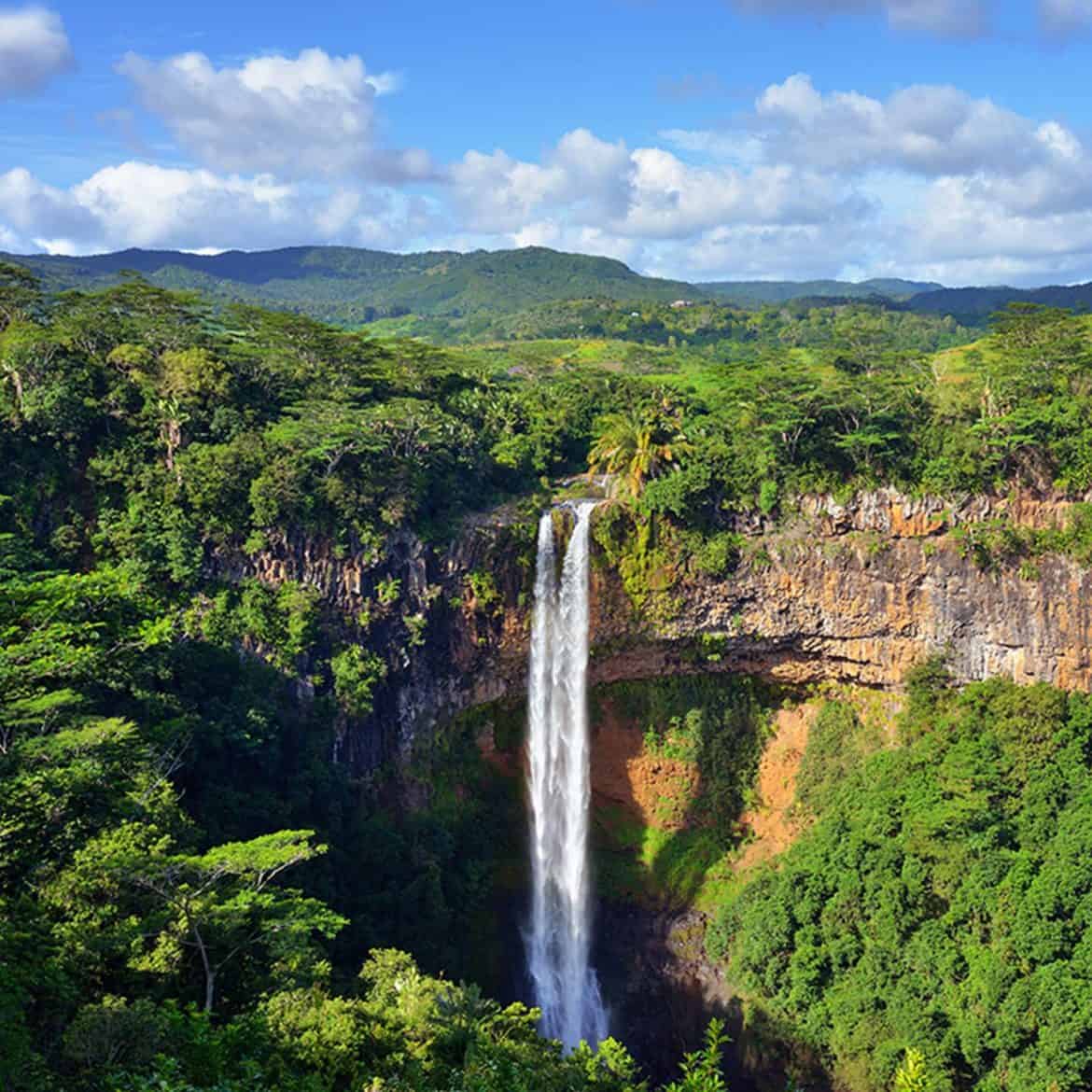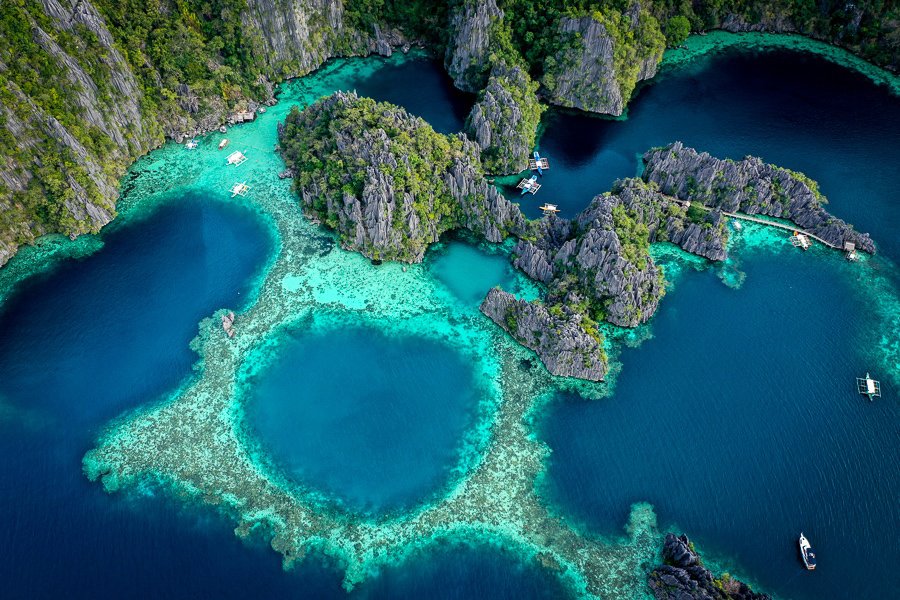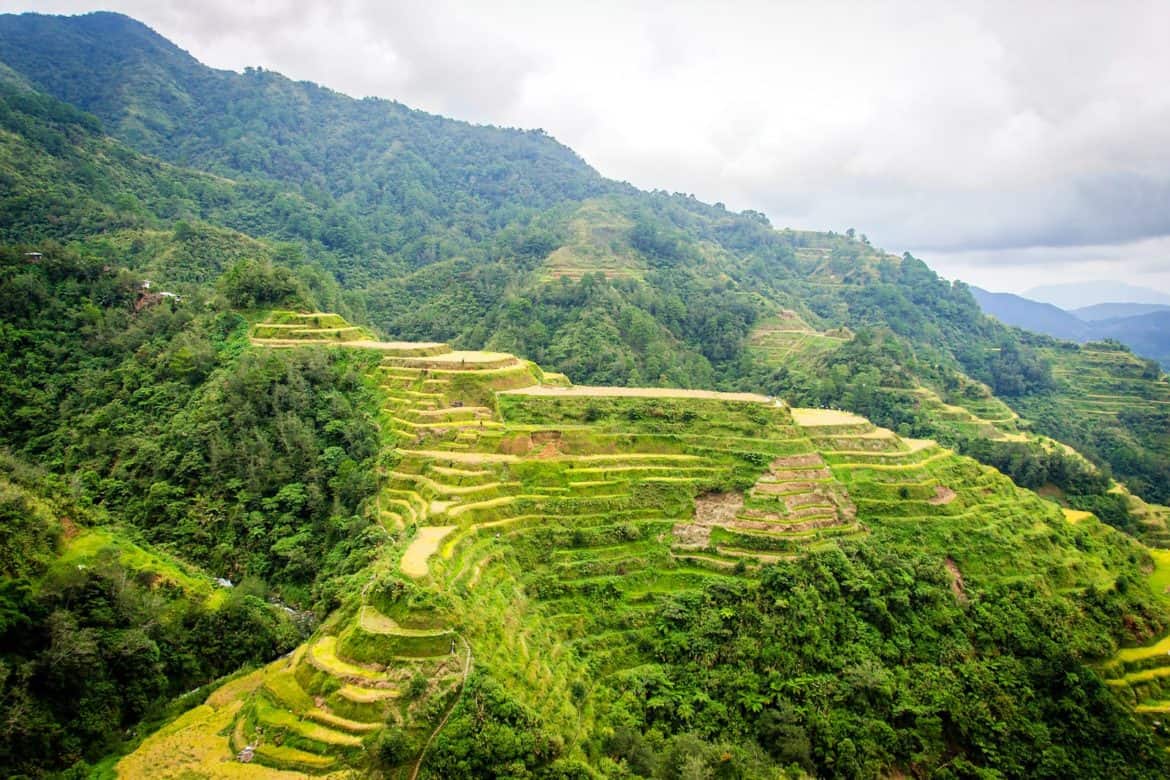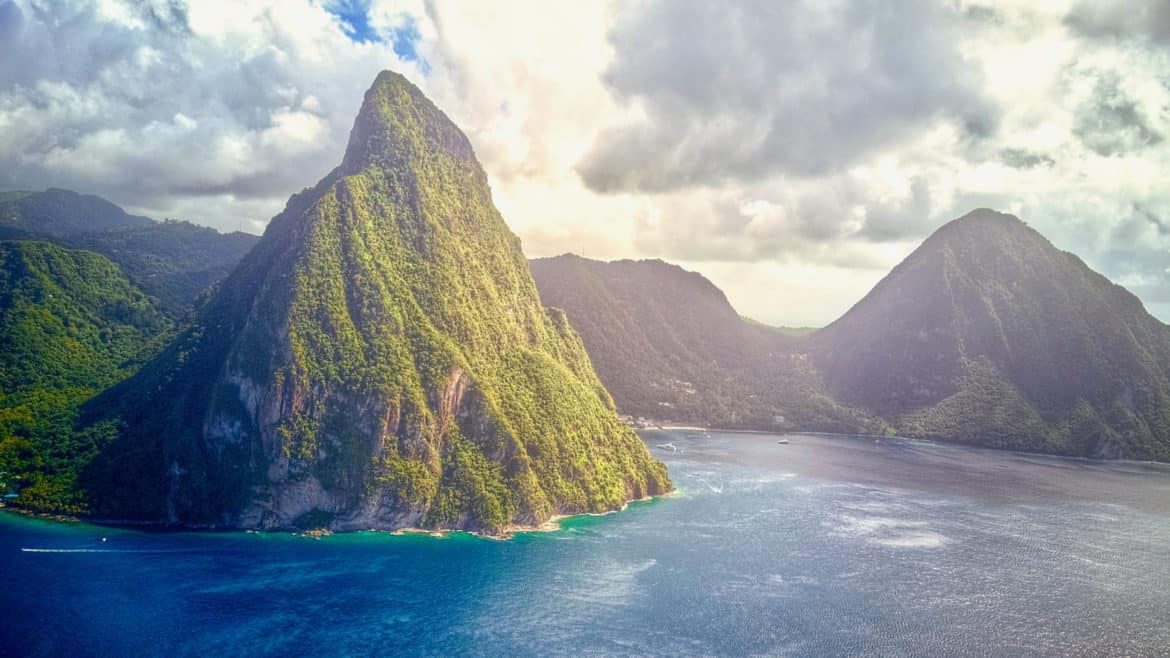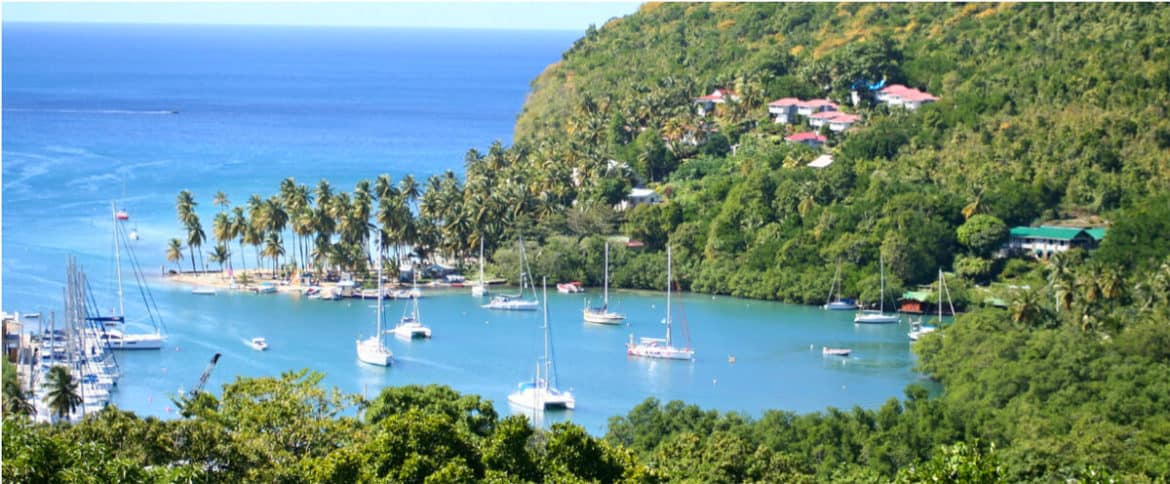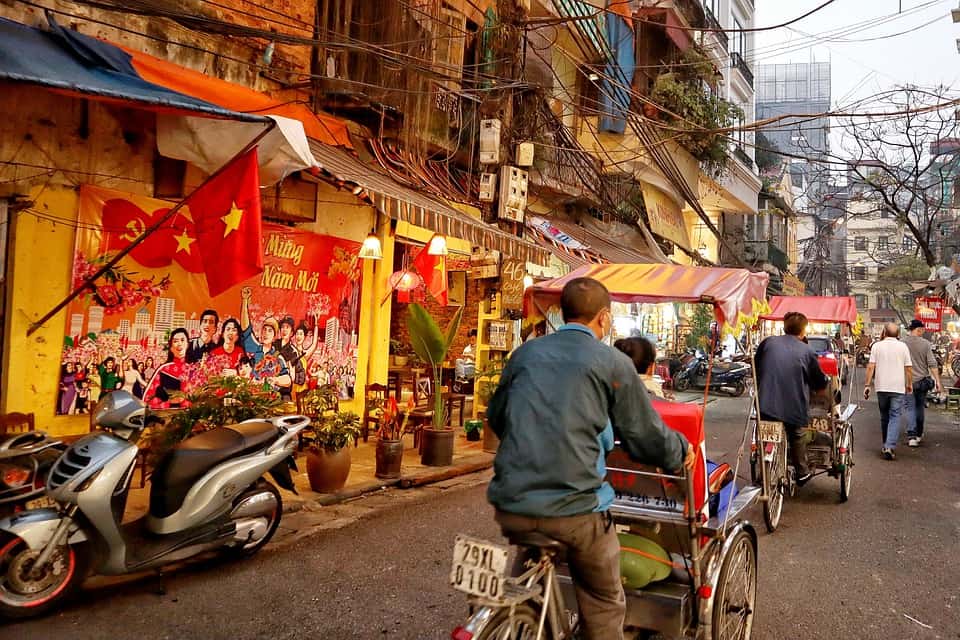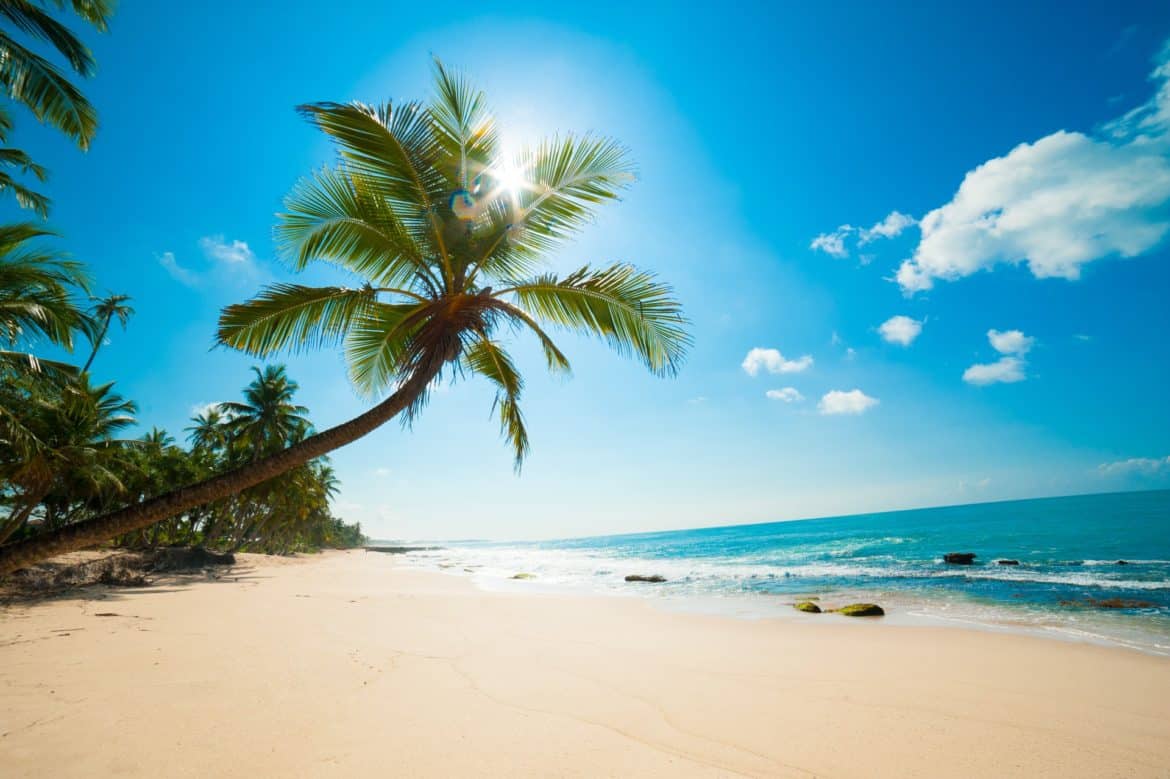Do you dream of living on tropical islands, spending your days by crystal clear waters and enjoying a beach vacation year-round? There is a reason why so many digital nomads are flocking to the tropical beaches of the world, ditching their monotonous work lives for a more affordable and fun routine at popular destinations.
Tropical countries are nations that are located in the tropics, the belt-shaped region of the Earth closest to the Equator, horizontally bordered by the Tropic of Cancer to the north and the Tropic of Capricorn to the south. The tropics make up about 40% of the planet’s surface area and are home to approximately 40% of the world’s population
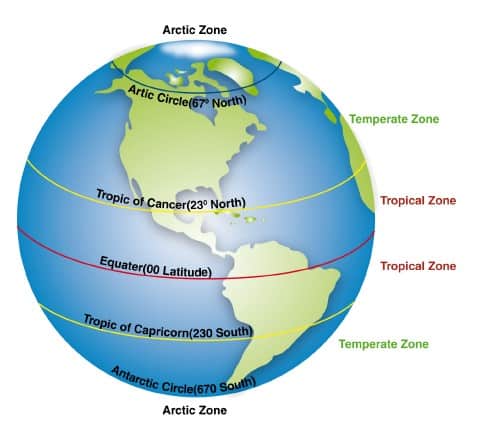
Tropical countries tend to have hotter, wetter, more humid weather than countries located in the middle latitudes/temperate regions and the polar regions. Most tropical countries have a tropical climate, in which the average monthly temperatures are always 18°C (64.4°F) or higher and the year consists of two seasons: the wet/rainy season, in which most rainfall occurs, and the dry season
Tropical islands are the great escapes people have always dreamed of where the days go slow, the problems melt away, and people are laid back.
We’ve been on a few of them and done some extra research so you don’t have to!
Here are some of the best tropical places to live, work and jumpstart your career as a digital nomad.
Table of Contents
The tropical island of Barbados is located in the Caribbean ocean close to St Lucia as well as St Vincent and the Grenadines. The island itself might not be the cheapest as prices for everyday essentials in the Caribbean can be high, but the quality of life makes it well worth a visit.
Since 2020, digital nomads are welcome to visit Barbados on a 12-month remote work visa which costs around $2,000 USD. The capital Bridgetown is the most common area to live and work for expats and digital nomads, with a great variety of restaurants, shops, and nightlife.
Of course, Barbados also has a lot of natural beauty to offer to visitors and remote workers. You will find tropical beaches with turquoise waters, warm weather all year round, and fast internet speeds almost everywhere on the island.
A one-bedroom apartment in the city centre can cost as little as $500 USD per month, which makes up for the higher expenses needed for food and transport. You could live in Barbados for around $1,500 USD a month if you watch your budget.
2. Colombia
Colombia is one of the best tropical places to live and work in South America. The country’s north lies on the beautiful Caribbean coast, and the western shores border the Pacific Ocean.
There are several popular places in Colombia for digital nomads like the capital Bogotá in the mountains, Medellín, Cali, or the slightly more expensive Cartagena on the Caribbean coast.
Colombia is very diverse and the country has something to offer for almost every type of remote worker. If you’re looking for turquoise waters, coral reefs and life close to the Caribbean sea head up north to Santa Marta or the small town of Palomino where you’ll be able to enjoy a laid back lifestyle.
The living costs in Colombia can be as low as $1,000 USD for an average standard of living. Since the country has undergone many changes in the last few years, the digital nomad community is not as strong yet as in other countries but it is growing rapidly with more coworking spaces and remote-work-friendly facilities appearing as time goes by.
3. Mauritius
The small but beautiful island Mauritius is located off the shore of Madagascar and has a population of just over 1.2 million people. Mauritius ranks as the safest country in Africa, making it one of the best tropical places to live and work for digital nomads. You will find an impressive variety of coworking spaces, cosy cafes, and libraries to work from in most major towns in Mauritius.
Since Mauritius is an island, you should expect to pay a bit more for groceries and other imported goods. The northern part is trendy to live in, with a great selection of shops, bars, and restaurants.
A one-bedroom studio apartment in Mauritius can cost as little as $200 USD per month, and townhouses with a private or shared pool start at $500 USD per month. These estimates do not include the electricity, water, and wifi, however, which might add a further $100 USD.
With the free premium visa, you can stay on this beautiful tropical island for up to 12 months although the 3-month visa on arrival might be sufficient.
FREE Remote Tribe Newsletter
For all the latest news on digital nomads, money online and cool communities sign up now – it’s spam free!
4. Philippines
One of South East Asia’s hotspots for digital nomads is the Philippines. With over 7,600 islands, this country offers a great variety of tropical beaches with crystal clear waters, great value for money, and friendly and welcoming people.
The citizens of most western countries qualify for a free visa on arrival, which allows a stay of up to 30 days. If you plan to stay longer there is also an option to extend your visa for six months which will cost around $200 USD.
Expect to pay between $250 and $400 for a basic apartment in the city centre of Manila and an additional $400 to $600 USD for other living costs.
An interesting fact that a lot of people don’t know is that the first inhabitants of St. Lucia were Arawak Indians, who were eventually forced off the island.
This absolutely gorgeous tropical island has incredible, lush surroundings and white sand beaches that stretch for miles. It’s no wonder that a lot of people want to work remotely from this safe, tax-free island in the Caribbean Sea.
Due to the fact that it is a volcanic island, Saint Lucia is home to black sand beaches.
St. Lucia is home to tons of incredible wildlife to be seen and the island is a great spot for world-class diving if you are into that. Whether you’re looking for a holiday destination or want to live a bit more than a few weeks, St. Lucia might be the spot for you. Just remember that it’s a small place and you might get bored fast if you are looking for “more action”.
If you want to do some work in the shadow of a palm tree, the internet speed is very decent, with an average download speed of 69.38 Mbit/second for fixed-network broadband internet. It ranked 45th in an international comparison. The upload rate of only 25.33 Mbit/second was significantly lower (56th place). The quality of the Internet, consisting of signal fluctuations (jitter) and latency, is very far ahead at 44th place.
Saint Lucia is known as a tax heaven so if you want to lower your taxes and have an overall net worth, Saint Lucia offers a citizenship program where with just 100,000 USD you can obtain citizenship. This comes with a lot of benefits like tax optimization, and visa-free travel to 145 countries (including Europe). You can obtain Saint Lucian citizenship by doing one of these four things: contribution to the state fund, buying real estate, purchasing bonds, or investing in a business. You can find out more details about the process and requirements here.
6. Vietnam
You cannot list the best tropical places to live and work without mentioning Vietnam. With one of the cheapest costs of living in South East Asia, Vietnam has become a very popular destination for remote workers.
Especially the bigger cities like Hanoi, Ho Chi Minh City, and Da Nang are places where you will find a tightly knit digital nomad community. Enjoy working from local cafes and coworking spaces that are equipped with super-fast wifi and won’t burn a hole in your pocket. You can live a comfortable life in any of the cities mentioned above with a monthly budget of $800 to $1000 USD.
7. Canary Islands
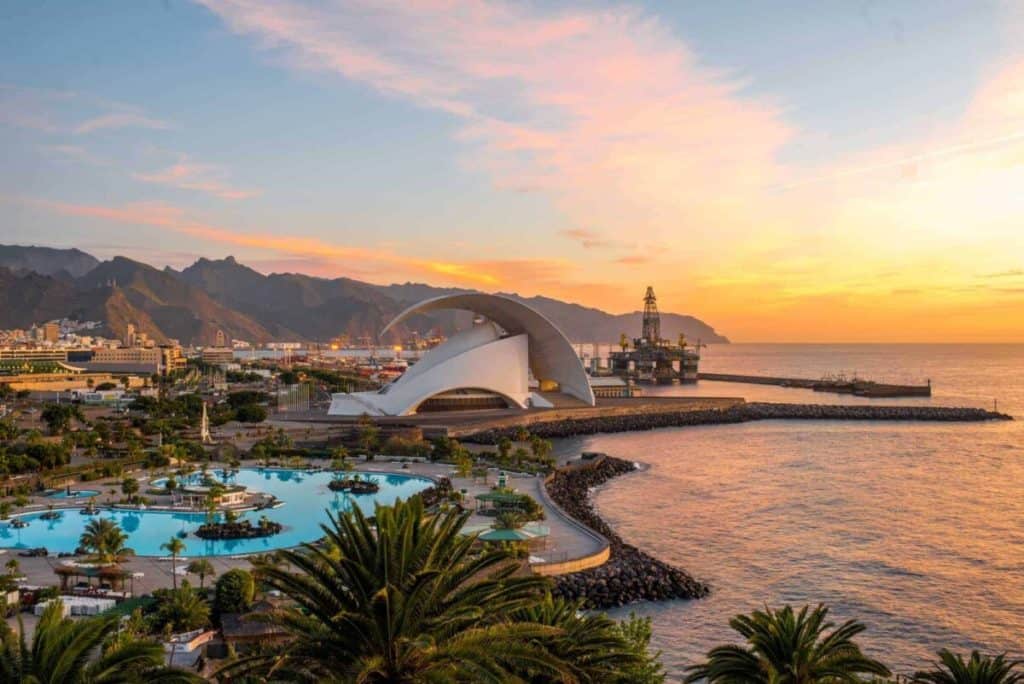
Located off the coast of North West Africa and relatively close to Europe, the Canary Islands are a Spanish archipelago hence owned by Spain. It is made out of 7 main islands, each offering something different for everyone looking to kick back and enjoy island life.
Tenerife is the largest of the islands and has a bit of everything, including one of the largest Carnival festivals in the world each February.
If you are a beach-lover, then Fuerteventura is the place for you to get that sunshine. Are you more of a hiking type? Yes, that’s possible too. Just head over to Gran Canaria and do some mountain trails. It has some incredible and diverse landscapes.
But no matter which island in the Canaries you choose, you’ll get to enjoy one of the best tropical islands in the world.
Dring the COVID-19 pandemic, the Canary Islands have become a safe haven and a temporary home for a lot of Europeans who moved to work from there and escape the city life. You can read more about the digital nomad migration to the Canary Islands here.
8. Indonesia (Bali)

Tucked away amongst over 17,000 other islands that make up the Indonesian archipelago, Bali’s Hindu culture and varied landscapes culminate in a truly unique flavor. From the majestic mountains of Agung and Batur, to the exquisite temples of Uluwatu and Tanah Lot, to the complex sunsets and exotic beaches, most of Bali’s 6.5 million annual tourists come for a mix of adventure, nature, and relaxation.
In recent years, Bali has drawn in a new type of visitor: the telecommuter. They’re lured for all the same reasons as your average tourist, but emboldened by the promise of a low cost of living, an amenable visa regime, a year-round tropical climate, and a burgeoning digital infrastructure. And they’re coming in droves. Bali may well be the world capital for telecommuters now. It’s easy to understand why: when you can do your job from anywhere, why not pick an island paradise?
No place on Earth is truly paradise, but some parts of Bali do get transcendentally close. Other parts, however, can resemble precisely the opposite. Decades of tourism have had an enormous impact on the small island of Bali. The roads simply can’t keep up with the rapid pace of development. You can spend hours in aching traffic jams along potholed one-lane roads through places that once saw a good amount of tourism but now have shuttered into quasi ghost towns because the hype has moved elsewhere.
9. Sri Lanka
• Rent – A one-bedroom apartment in a city will typically cost between $200 and $400 per month, while a shack next to the beach might cost you about 200 pounds in Mirissa or Weligama.
The internet is good in most medium-sized resorts and if not, 4G is available on the coast and is pretty reliable.
